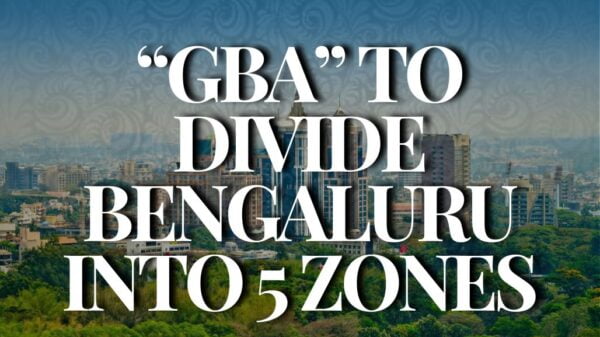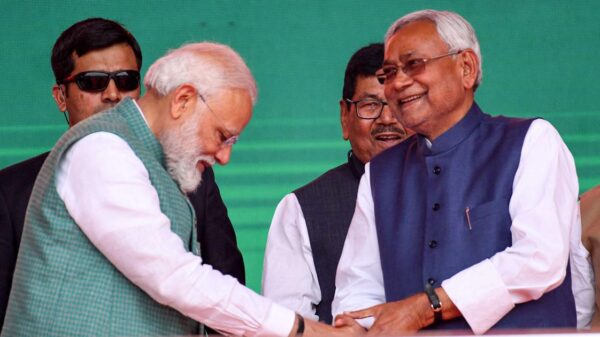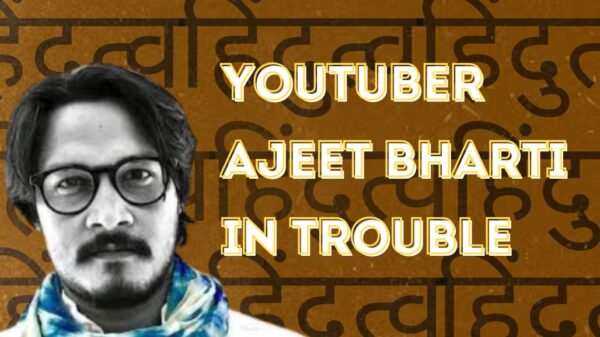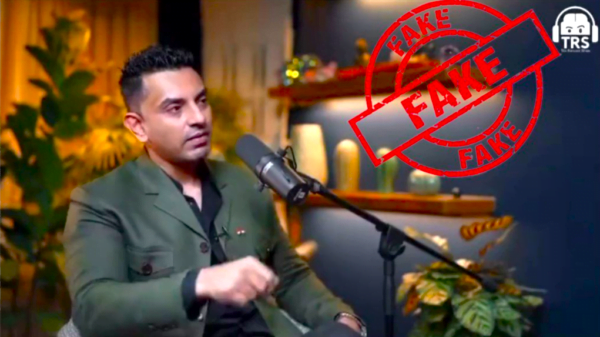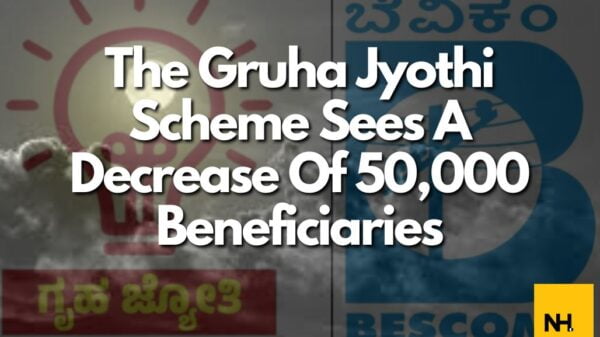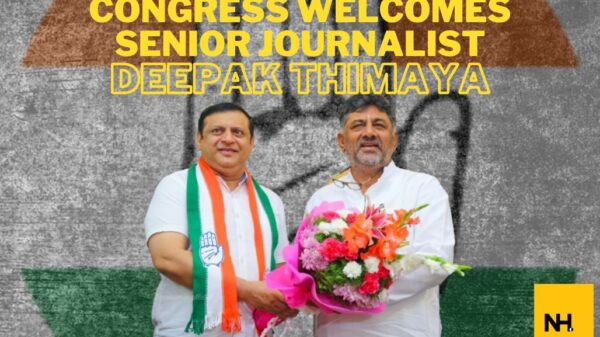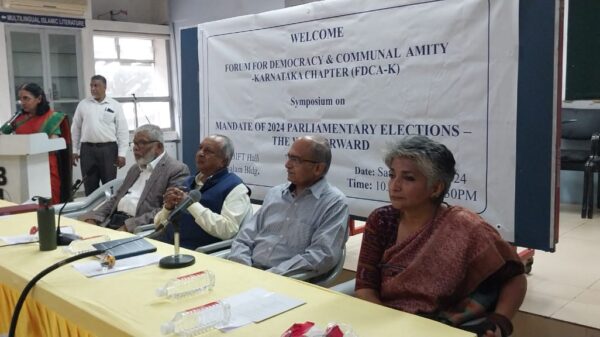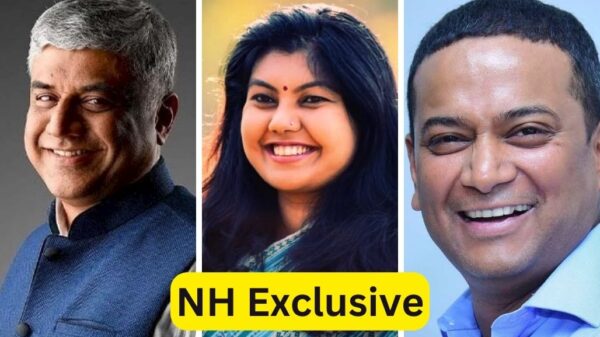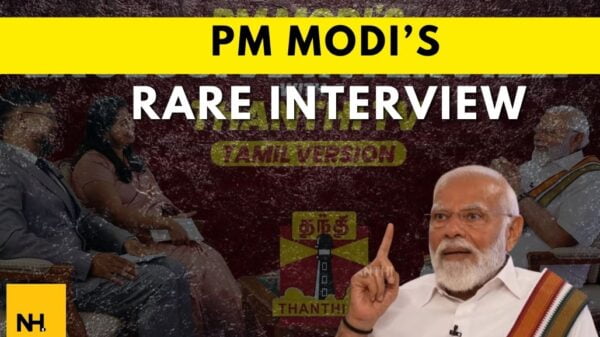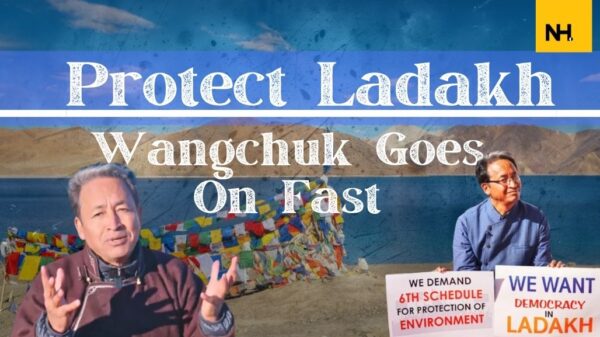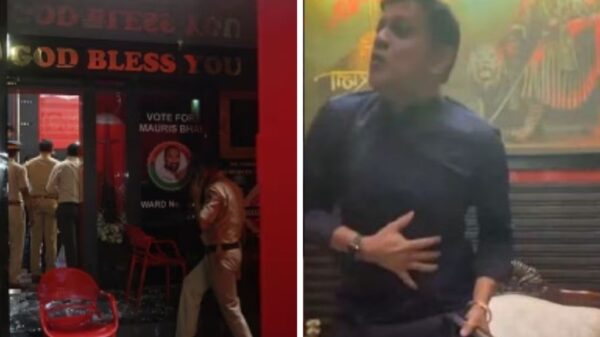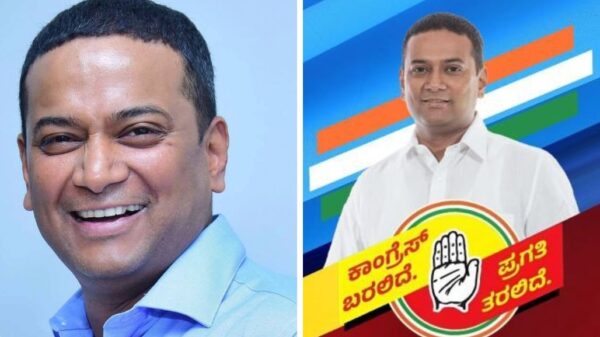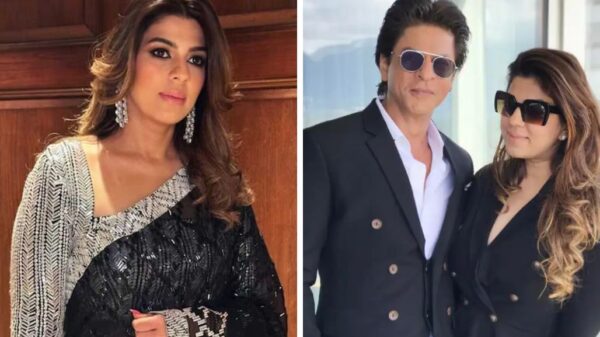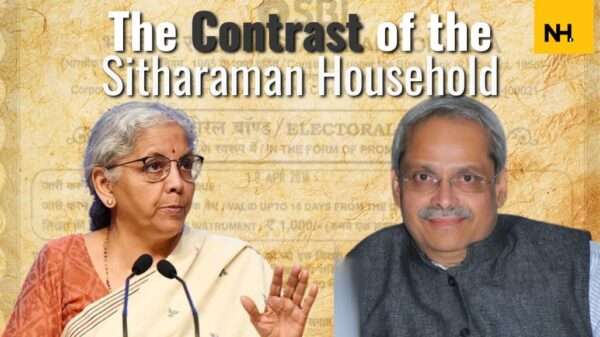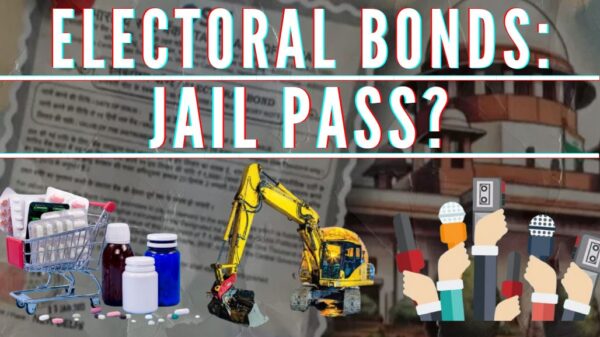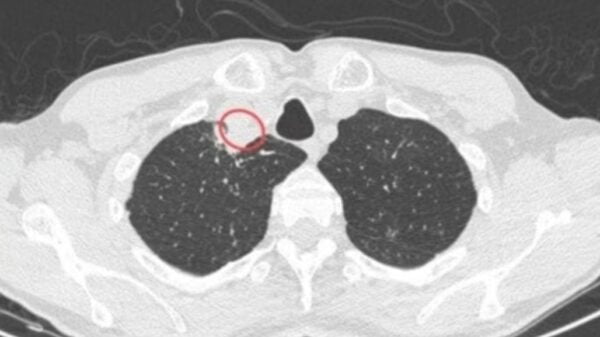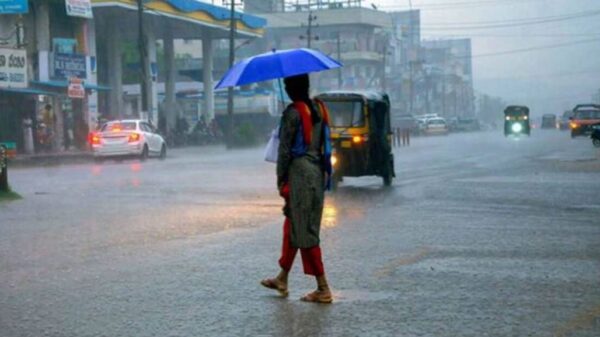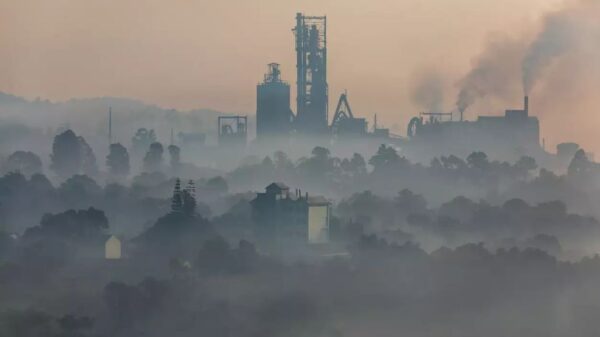By Parimal Wagh,
Law Student at Government Law College, Mumbai
While speaking in the Parliament and responding to the President’s Address, the Hon. The Prime Minister of India referred to Article 356. He categorically stated that the Congress government has invoked Article 356 on several occasions to take control of the states and to impose President’s Rule.
However, The Indian Prime Minister failed to mention that every government at the Centre has attempted to use Article 356 to exert control over the states where their party was not in power. It was not just the Congress government that made extensive use of this provision.
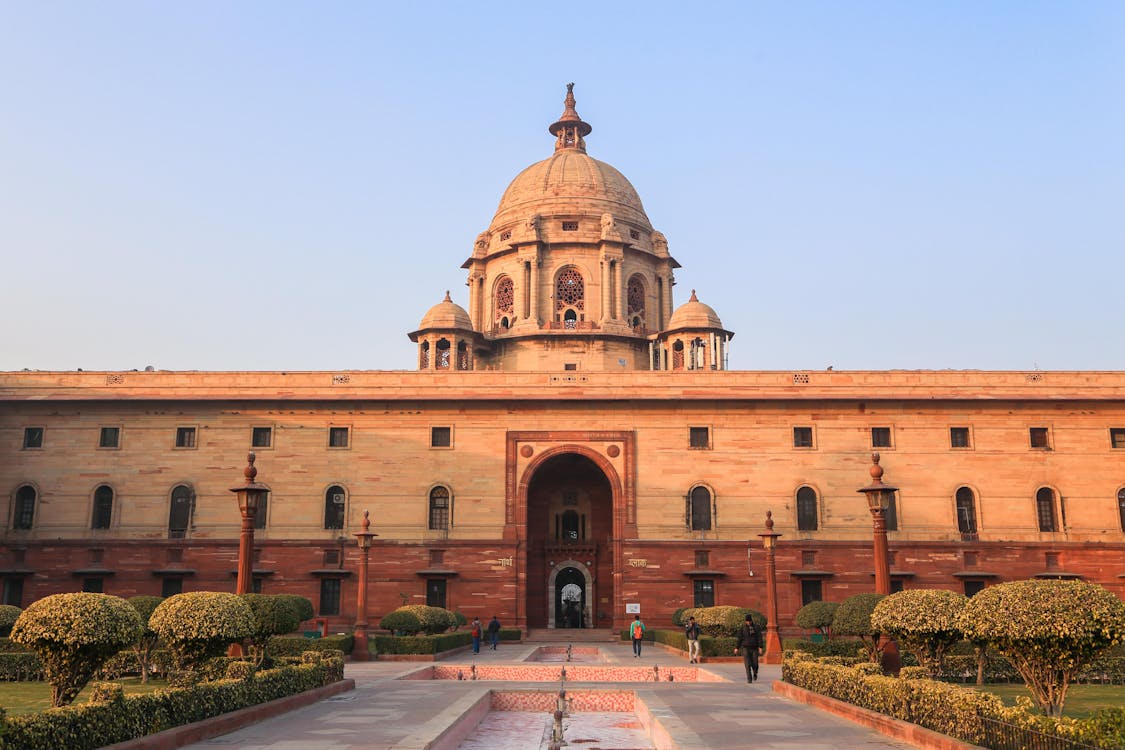
Rashtrapati Bhavan, New Delhi
It was not until 1993 the S.R. Bommai vs. Union of India judgement came which issued the guidelines for using the powers under Article 356. Article 356 (or the ‘Presidential Rule’) comes under Part XVIII of the Indian Constitution. Part XVIII talks about the Emergency Provisions. The first line of Article 356 says that ‘Provisions in case of failure of constitutional machinery in States. The first line itself explains the applicability of Article 356.
The President can proclaim receiving a report from the Governor or the President can make such a proclamation even if he is satisfied that the State Government is not functioning by the Constitution of India.
The key flaw in Article 356 is the phrase “otherwise, is satisfied,” which gives the President arbitrary authority to decide whether to implement President’s Rule to his satisfaction or not. When Dr. Babasaheb Ambedkar was questioned about the wording in the Constitution that gives the President such broad discretion to make decisions, he responded that it would be the least frequently used provision. Although I have the utmost respect for Dr. Babasaheb Ambedkar, I would have to disagree with him on this matter. Instead, this Article proved to be the one that was most frequently used to grant the Centre’s ruling party the authority to overthrow governments in States where it is not in power.
Jawaharlal Nehru’s administration used the article six times before 1959, e.g. overthrowing Kerala’s first-ever elected communist government. It was referred to 11 times in the 1960s. Article 356 was applied seven times after Indira Gandhi took office in 1966. Political unrest was more intense in the 1970s. President’s Rule was imposed 19 times between 1970 and 1974.
In 1977, the Janata Party administration used the Post Emergency period to abruptly dismiss nine Congress state governments. In 1980, when Indira came back to office, her administration also imposed President’s Rule in nine states. Along with Kalyan Singh’s government, Prime Minister Narasimha Rao ousted three BJP governments in 1992–1993 as a result of the Babri Masjid’s destruction.
The S.R. Bommai case verdict in 1994 caused a shift in the legal atmosphere. S.R. Bommai was the Chief Minister of Karnataka, and Article 356 was also used to remove his government. S.R. Bommai’s government was overthrown by the Governor because his party’s defection had cost him the majority. Despite Mr. Bommai presenting him with a copy of the resolution passed by Mr. Bommai’s party, the then-Governor of the State of Karnataka, P. Venkatasubbaiah, refused to allow a chance to test the majority in the assembly.
S.R. Bommai with then Governor of Karnataka P. Venkatasubbaiah. Credits – The Hindu
India is a federal state, as the S.R. Bommai ruling very clearly established “The idea of federalism unites diverse States into a Union without compromising each one’s fundamental political integrity. The existence of the Union and the States, as well as the division of powers between them, constitute the essence of a federation “.
In this case, the Supreme Court attempted to explain that, under a federal structure, the state governments and the federal government each have distinct powers, and that, by enforcing the president’s rule, the federal government is attempting to obstruct the authority granted to the state governments by the people. The Supreme Court further ruled that to dissolve a state’s government, the proclamation issued by the president must be approved by both houses of parliament. An important point that the court had held in this was that the Proclamation under Article 356(1) is not immune from judicial review. The Supreme Court or the High Court can strike down the Proclamation if it is found to be mala fide or based on wholly irrelevant or extraneous grounds. When called upon, the Union of India has to produce the material based on which action was taken. It cannot refuse to do so if it seeks to defend the action.
The court will not go into the correctness of the material or its adequacy. Its inquiry is limited to seeing whether the material was relevant to the action. Even if part of the material is irrelevant, the court cannot interfere so long as some material is relevant to the action taken. If the court strikes down the Proclamation, it has the power to restore the dismissed Government to the office and revive and reactivate the Legislative Assembly wherever it may have been dissolved or kept under suspension. In such a case, the court has the power to declare that acts done, orders passed and laws made during the period the Proclamation was in force shall remain unaffected and be treated as valid. The Supreme Court in the S.R. Bommai case had held that it can strike down a proclamation if it was done with malicious intentions, also the Union of India would have to produce the material based on which such action was taken and they cannot refuse to produce such material. The Supreme Court’s judgement restrained the Central Governments from using Article 356.
Therefore, the Central Governments have discovered a new method of ousting the State Government by forcing the MLAs to defect to the party in power in the Center. However, this can only be accomplished when the 2/3rd of the legislative party members are prepared. As a result, the ruling party in the Centre waits until they have the support of the 2/3rd of the MLAs before overthrowing the State ruling party in the Legislative.
We are grateful to Rajiv Gandhi for adding Schedule Ten to the Constitution, which prevents public representatives to switch from one party to another. Another way of doing a similar trick is by asking the sitting MLAs from the opposite party to resign and go for re-election on the ticket of the ruling party in the Centre. This brings us back to the idea that Schedule Ten of the Indian Constitution should be strengthened and that voters should be encouraged not to vote for the rebels who’ve quit and are running again on the ticket of the Centre ruling party. An example was set by voters of a Lok Sabha Constituency during re-election in Maharashtra.
In the long run, overthrowing the government in such a manner would be more hazardous to the nation’s democracy. It would imply that the will of the people is disregarded by those in positions of authority. What distinguishes enforcing President’s Rule from overthrowing the government by forcing the MLAs to resign or align themselves with the ruling party? Nothing. Before the S.R. Bommai ruling, the President’s Rule was legitimately used for political gain; today, however, it is only applied when necessary because the Central Government has discovered new ways to exert control over the States. During the Shiv Sena-NCP-Congress led Government was in power in Maharashtra, a constant demand was being made by the then opposition party to invoke Article 356 and bring in Presidential Rule because of protests and a couple of murder incidents which certainly is very difficult to invoke without a concrete reason in the light of the S.R. Bommai’s Judgement. Incidents like murder or protests of citizens would make the then-opposition impose the President’s Rule which shows the mentality of Indian Politicians and their intent to use Article 356 as a political tool to come to power.


